Many coffee enthusiasts aspire to replicate café-quality drinks in their own kitchens. This exploration delves into various non-professional methods to froth milk, evaluating each for its effectiveness in creating a desirable foam for coffee beverages like cappuccinos and lattes.
5 Ways to Whip Milk
Blender Method
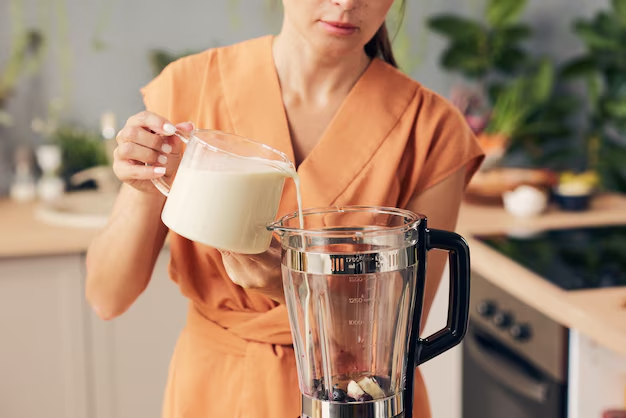
Process:
- Preheat the milk in a microwave and warm the blender jug to prevent rapid cooling.
- Pour the hot milk into the blender and blend on a high setting to aerate the milk and create froth.
Observations: The froth produced is ample but separates quickly, forming large bubbles on top with a very liquid base underneath. The texture is more akin to a milkshake than the silky froth desired for cappuccinos.
French Press Method
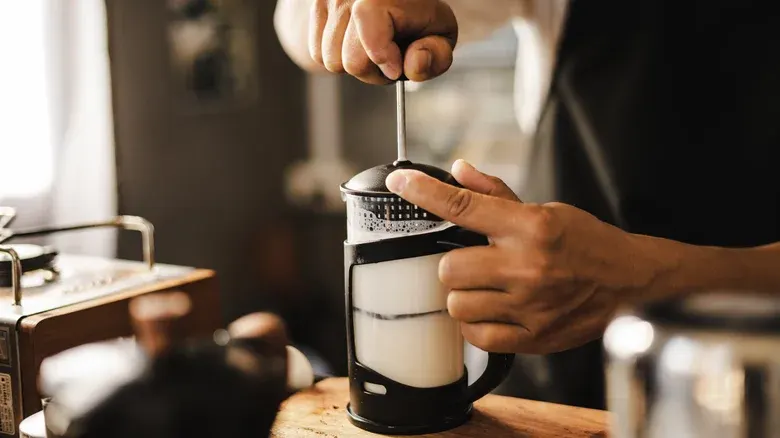
Process:
- Heat the milk and pour it into a French press.
- Plunge the press vigorously to incorporate air into the milk and build up froth.
Observations: The froth is more integrated and consistent, but lacks the silkiness typical of espresso machine froth. It’s suitable for a basic cappuccino but may not hold up for detailed latte art.
Electric Whisk Method
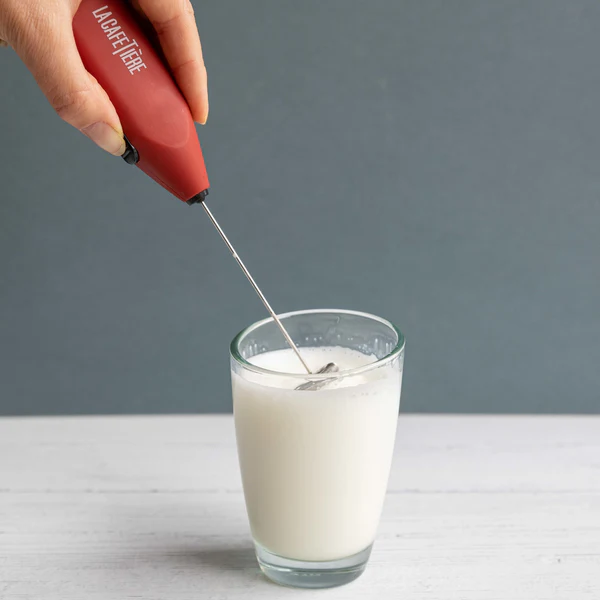
Process:
- Heat the milk first.
- Use the electric whisk to froth the milk by moving it up and down to mix air uniformly into the milk.
Observations: This method produces a reasonable amount of froth with a slightly better consistency than the blender, but the volume of froth is limited, indicating a cap to how airy it can get.
Electric Milk Frother
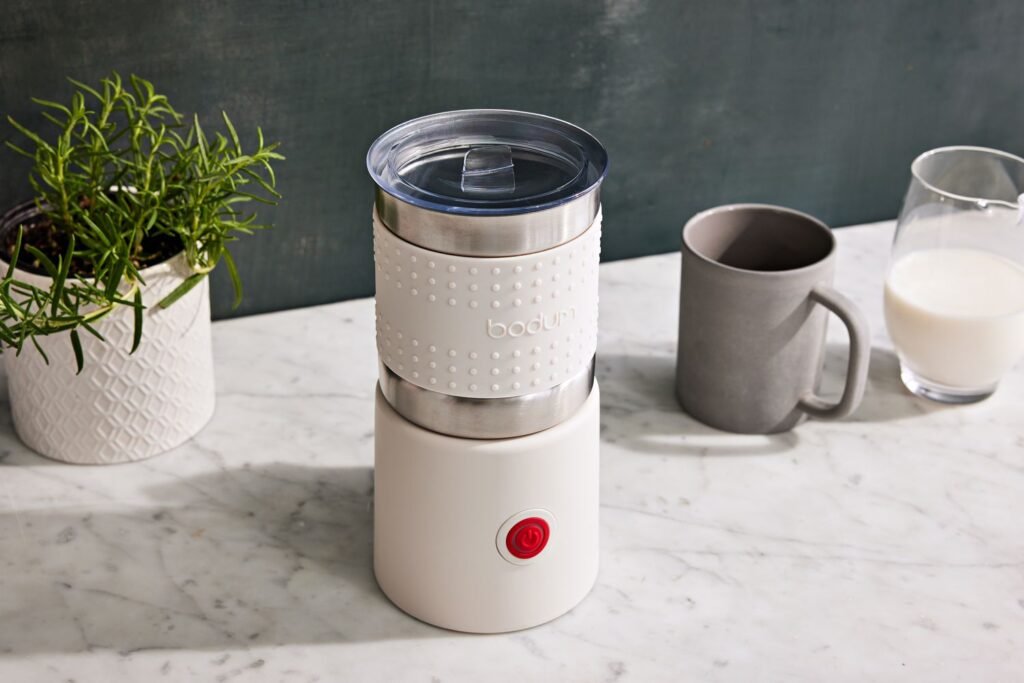
Process:
- Fill the frother with milk and activate it to heat and froth simultaneously.
Observations: The resulting froth is dense and creamy, somewhat close to what one might expect in a café-style cappuccino. However, the lack of elasticity makes it difficult to create complex latte art.
Modern Coffee Station Method
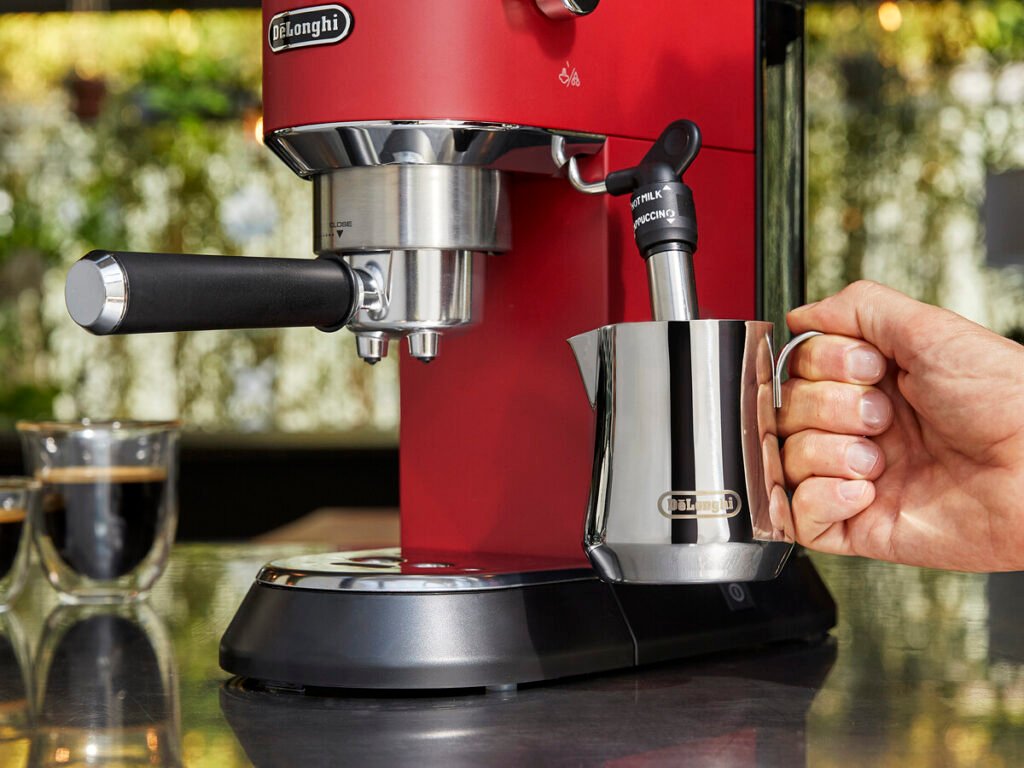
Process:
- Select the milk temperature and froth consistency settings on the machine.
- Add cold milk to the system and initiate the frothing process.
Observations: The machine produces a consistent and creamy foam, expanding in volume as it aerates. The milk’s texture is appropriate for basic latte art but may not satisfy professional baristas seeking more control over the frothing process.
Personal Insights and Further Experiments
Each method presents a unique set of strengths and limitations. While none perfectly replicate the results of a professional machine, they all offer practical solutions for home coffee makers. The exploration shows that even a simple kitchen blender can produce a kind of froth, though the quality varies significantly across different tools.
Experimentation with different temperatures and frothing durations could further optimize results, tailoring each method to personal preferences and the specific characteristics of the milk used. This hands-on approach enhances understanding of milk chemistry and personalizes the coffee experience, making each cup uniquely satisfying.

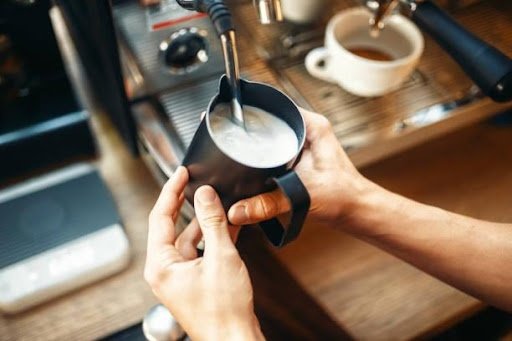

Leave a Reply